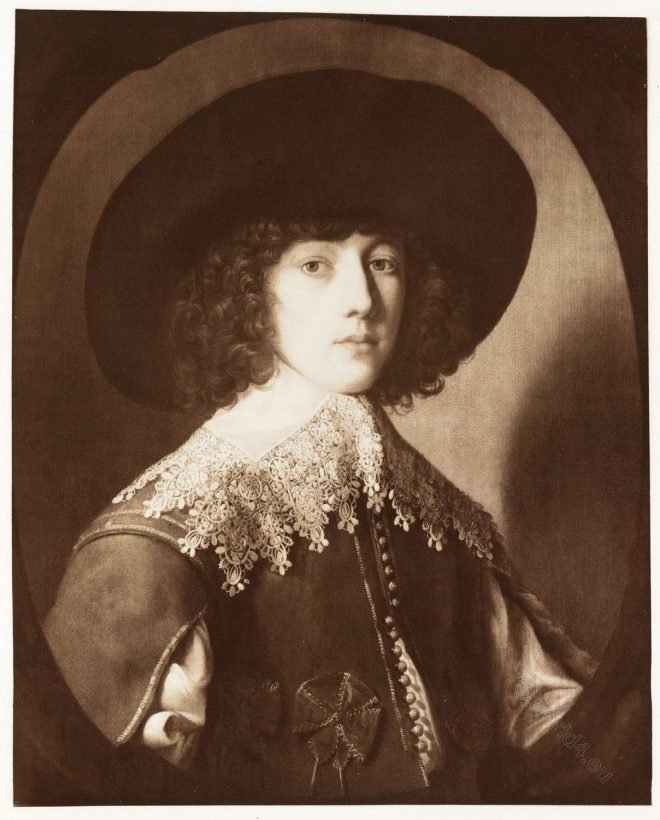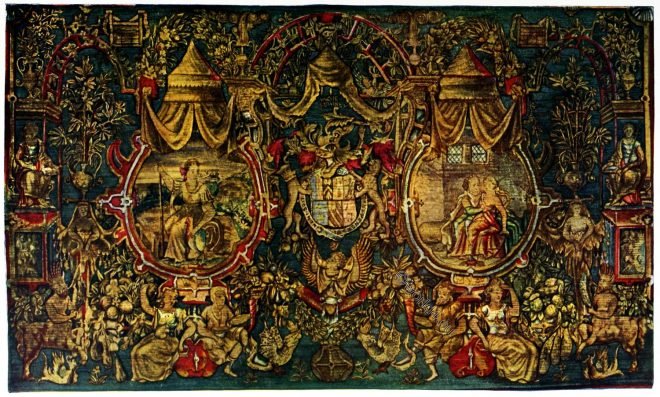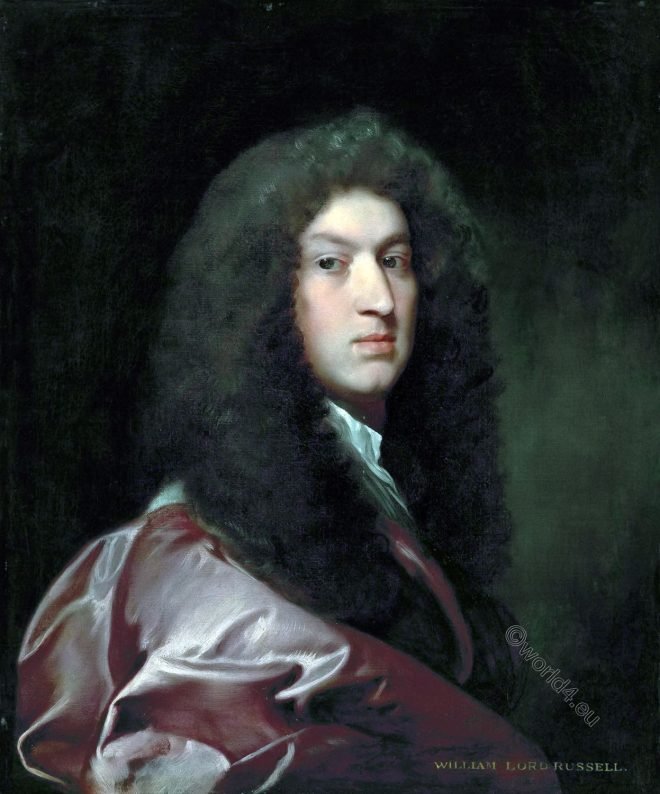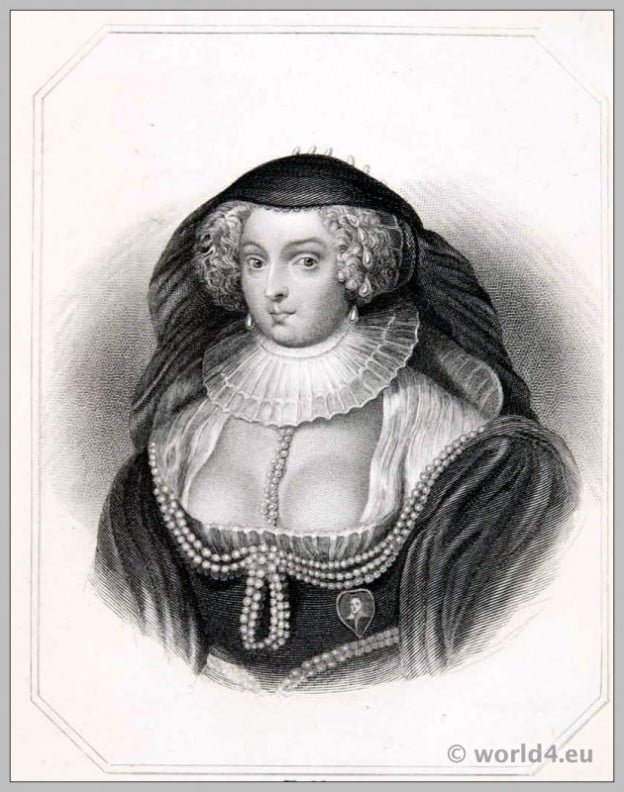Photo of “London Nomads” – Gypsies around the steps of a caravan. The group includes William Hampton and Mary Pradd, taken at Battersea by John Thomson.
Category: England
Period Costumes and Fashion from England, Regency, Empire, Georgian, Directory, Victorian and Tudor dresses.
William Herbert, 1st Earl of Pembroke. Nobleman of the Tudor era.
The early history of the Herbert family. William Herbert, 1st Earl of Pembroke. Full length, standing, in black-slashed doublet and trunk hose, with short cloak. Tudor era. Wilton House Pictures.
Old Age and Poverty from famous The Romance of the Rose.
Dresses and Decorations of the Middle Ages by Henry Shaw
King Alfred’s Jewel, and the Ring of King Athelwulf.
The most ancient specimen of what to all appearance is a true enamelled work is the ring of Athelwulf, the father of Alfred, preserved in the British Museum, and engraved on the accompanying plate.
Waverley, or, ‘Tis Sixty Years Since is the first novel by Sir Walter Scott.
Waverley appeared in 1814 and is considered the first British historical novel. The materials are Highland feudalism, military bravery, and description of natural scenery.
Elizabeth Beauclerk, Lady Herbert second daughter of Lady Diana Spencer
Elizabeth Beauclerk was the third child and second daughter of Lady Diana and Topham Beauclerk, she married in 1787 her cousin George Herbert, 11th Earl of Pembroke.
Prince Rupert, Count Palatine of the Rhine and Duke of Bavaria.
Prince Rupert of the Rhine (1619 – 1682), called Rupert the Cavalier, was Prince of the Palatinate from the house of the Wittelsbacher
The “Pembroke” tapestry. Tapestry weaving in England. Tudor 16th c.
The “Pembroke” tapestry at V&A Museum, contains the armorial bearings of Sir William Herbert, 1st Earl of Pembroke in the style known as “grotesque”.
The execution of the English politician Lord William Russell 1683.
Lord Russell, usually called Lord William Russell, son of William, Earl of Bedford, and Lady Ann Carr, daughter of Carr, Earl of Somerset.
Frances Stewart, Duchess of Richmond and Lennox
Frances Stewart was one of the great beauties of the Jacobean court, she was also the patron of Captain John Smith of the Virginia Colony.










